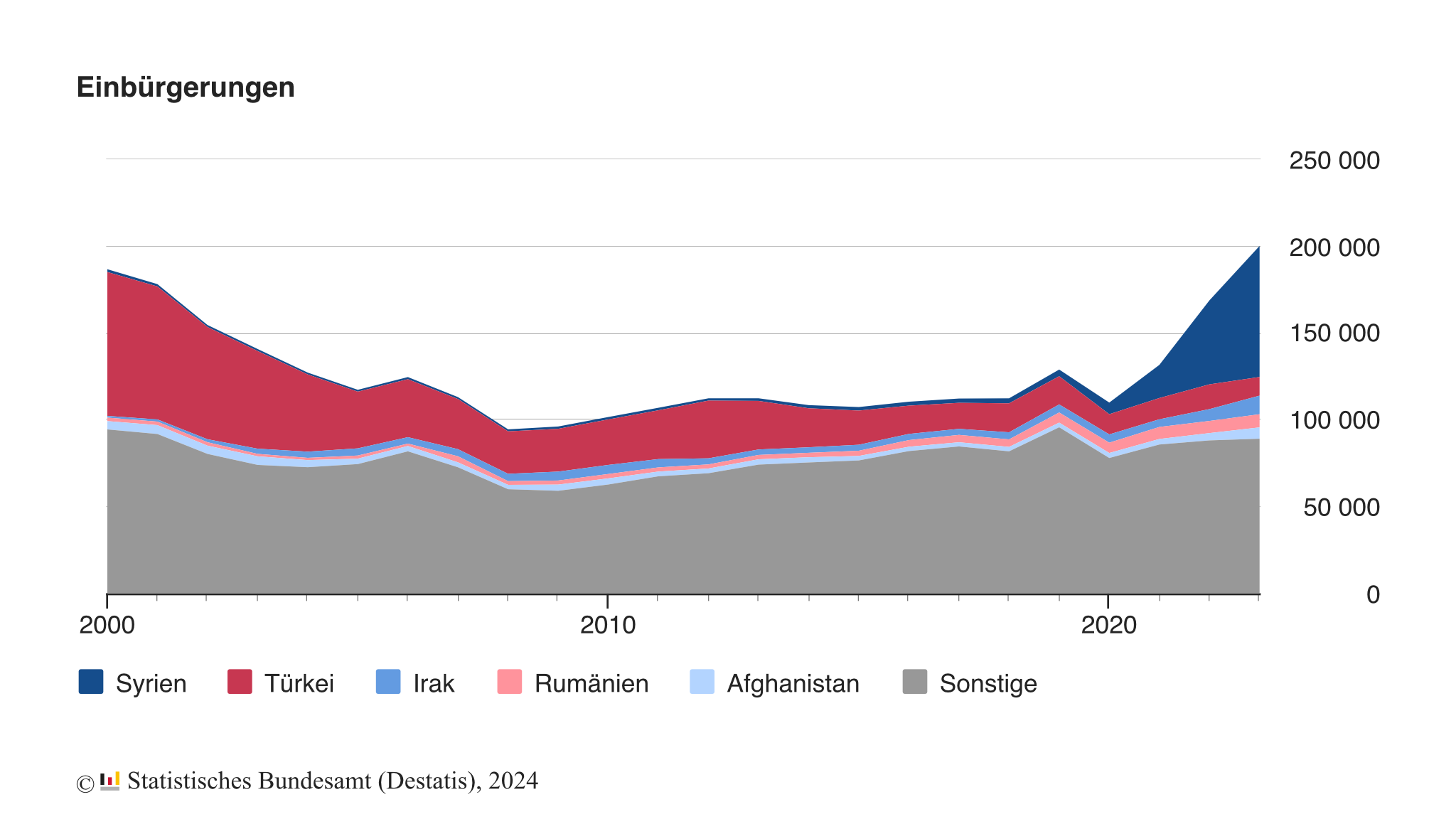
In an effort to enhance border security and streamline the travel process, the European Union is implementing the Entry/Exit System (EES). This new system will require non-EU nationals who are exempt from visa requirements to register their biometric data, including fingerprints and facial scans, upon entering and exiting the Schengen Area. While the EES is intended to improve overall border management, it is important for travelers to be aware of the potential impacts and prepare accordingly.
What is the EES?
The EES is an automated system that will replace the manual stamping of passports for non-EU travelers entering and exiting the Schengen Area. The system will collect biometric data and travel document information, which will be stored in a central database. This data will be used to track the movements of non-EU travelers and identify potential overstayers.
Who is affected by the EES?
The EES applies to non-EU nationals who are exempt from visa requirements for short-stay visits of up to 90 days within a 180-day period. This includes citizens of countries that have visa-waiver agreements with the EU, as well as those who are eligible for visa-free entry under the EU’s visa policy.
How will the EES work?
When entering the Schengen Area for the first time after the EES is implemented, non-EU travelers will be required to register their biometric data at self-service kiosks located at airports, seaports, and land border crossings. The registration process will involve scanning fingerprints, taking a facial image, and providing passport information. Once registered, travelers will be able to enter and exit the Schengen Area using automated e-gates.
What are the potential impacts of the EES?
The EES is expected to have several impacts on non-EU travelers, including:
- Increased waiting times at border crossings: The registration process may add some time to the border crossing process, especially during peak travel periods.
- Potential for delays due to technical issues: As with any new system, there is a risk of technical glitches that could cause delays.
- Data privacy concerns: Some travelers may have concerns about the collection and storage of their biometric data.
What can travelers do to prepare for the EES?
To minimize any disruption to their travel plans, non-EU travelers should take the following steps:
- Be aware of the EES requirements: Familiarize yourself with the EES requirements and the registration process.
- Enroll in the ETIAS system: If you are a citizen of a country that is required to obtain an ETIAS authorization, make sure to apply for one well in advance of your travel.
- Allow extra time for border crossings: When planning your travel, factor in additional time for border crossings, especially if you are traveling during peak periods.
- Keep your passport and travel documents readily available: Have your passport and other travel documents easily accessible for inspection by border officials.
Conclusion
The EES is a significant change to the border control process for non-EU travelers. While there are some potential challenges associated with the new system, travelers can take steps to prepare and minimize any disruption to their travel plans. By being aware of the requirements and following the recommended preparation tips, travelers can ensure a smooth and efficient experience when entering and exiting the Schengen Area.


